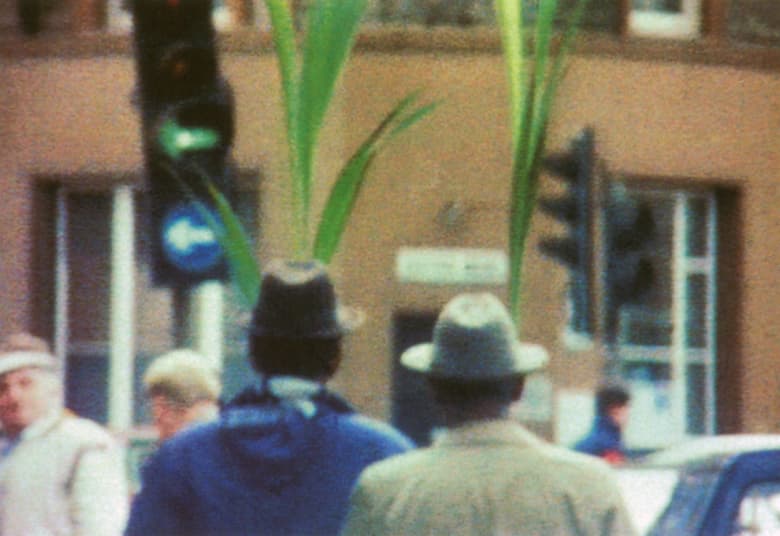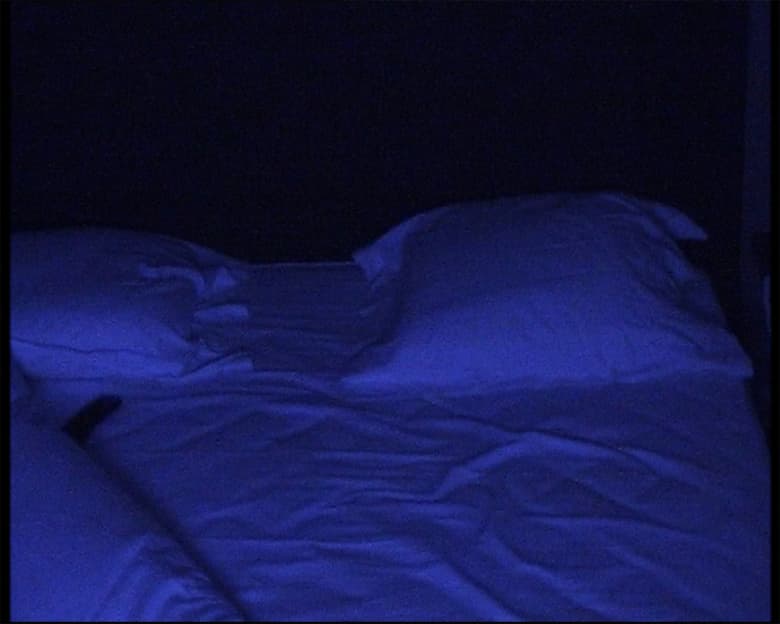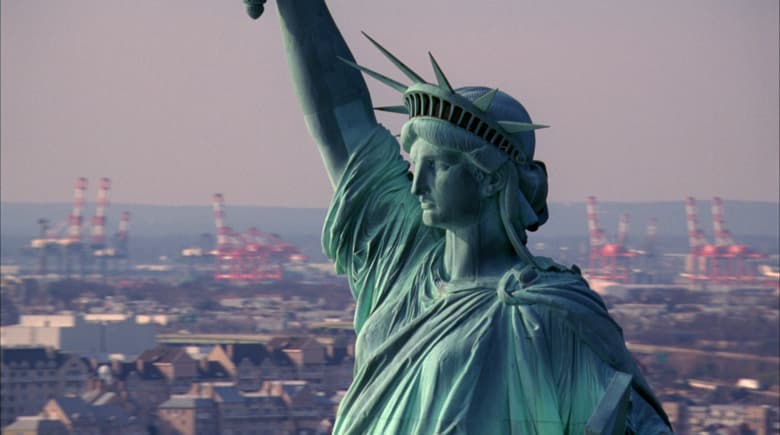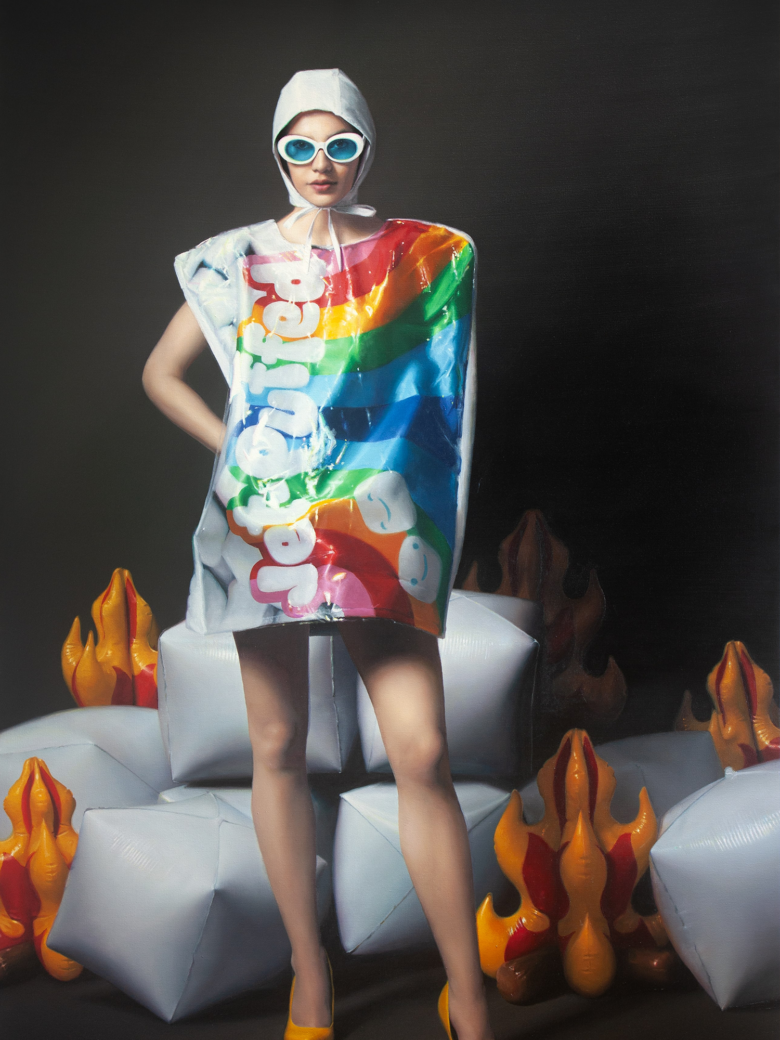Is Steve McQueen Britain’s greatest living artist?
Since winning the Turner Prize in 1999, Steve McQueen has become known less as a visual artist and more as a director. Tackling issues like sex addiction in Shame or focussing in on the 1981 Irish Hunger Strike with Hunger, he then went onto win the Best Picture at the 86th Academy Awards for 12 Years A Slave, widely considered one of the best films of the 21st century.
Now, a major solo show at Tate Modern reintroduces McQueen as a visual artist – giving us an oversight of his video works from the early 1990s, when he was first exploring his talents, all the way up to 2016. Yet, as the Guardian reminds us, it lacks the traditional feel of a retrospective; excluding his Turner-winning works, as well as more recent artistic responses to the Grenfell Tower fire. Whilst it deviates from his better-known material, it introduces (or, in some cases, reacquaints) the viewer with his singular style.
Chronologically the exhibition kicks off with slice of life short film Exodus; a 1992 work shot on Super 8 where the wandering camera follows two men around a London flower market. Loose and free, there are clear stylistic influences from French New Wave. The gentle sense of observation which we can first see here carries throughout the exhibition, in the intimate depiction of trip-hop musician Tricky in the studio in Western Deep or in the footage of McQueen watching TV in a Parisian hotel room in Illuminer.
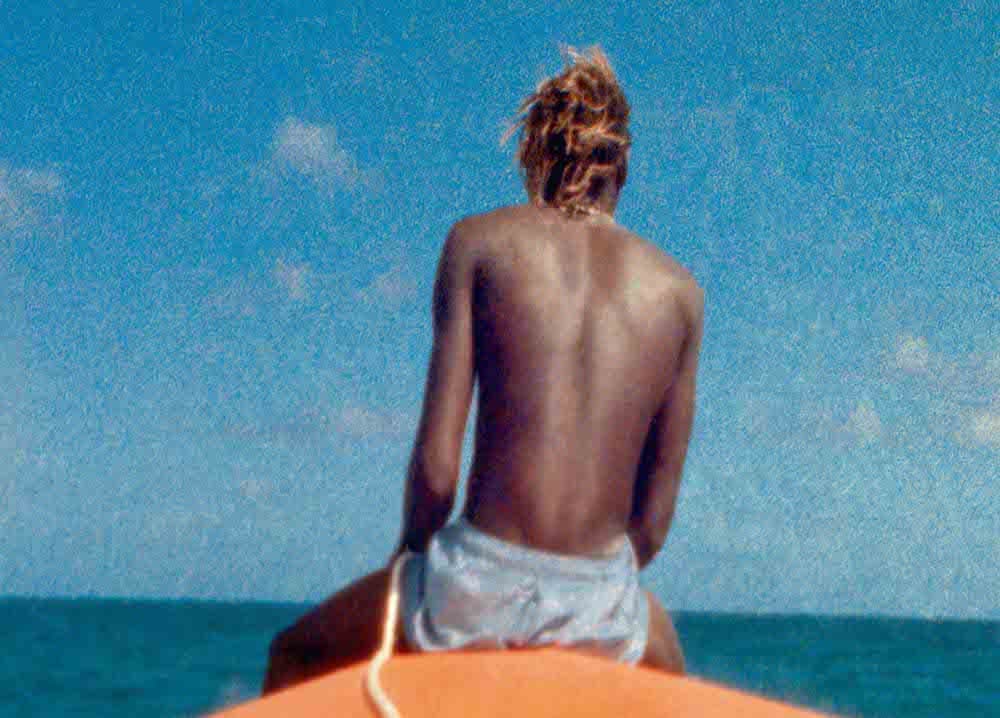
There’s a striking variety of tone and themes throughout. At times, the artist seems to be staging a parody of what acclaimed video art might look like – like Charlotte, where McQueen hands trace the lines around Charlotte Rampling’s eye, as captured via an extreme, crimson-lit close-up – and there are moments of arresting emotion as in the elegiac Carib’s Leap, which journeys into Grenadian history. Western Deep, on the other hand, a film created to be screened alongside Carib’s Leap, is more akin to social commentary and hones in on the working realities in South Africa’s TauTona mines, the deepest quarries in the world.
Overall, it’s an abstract body of work, one which figures as an interesting counterpart to Year 3, currently on at the rather more staid location of Tate Britain. Blowing back the cobwebs from the institution’s association with the stalest of the middle class, it’s a joyful portrait of London’s younger citizens documenting tens of thousands of Year 3 pupils across the UK capital. With free admission and a parallel outdoor exhibition across the city’s 33 boroughs, it approaches issues around inclusion in ways that feel welcoming, not patronising.
With his showings at these two Tate venues and across London, McQueen helps remind us what art institutions – as sceptical as we may be of their Sackler Family funding – can do. Providing the resources to connect a wider public with work that’s weighty, complex and rewarding in equal measure, Tate is one of the few British platforms that befit the country’s greatest living artist.
Steve McQueen opens at Tate Modern on 13 February, running until 11 May.
